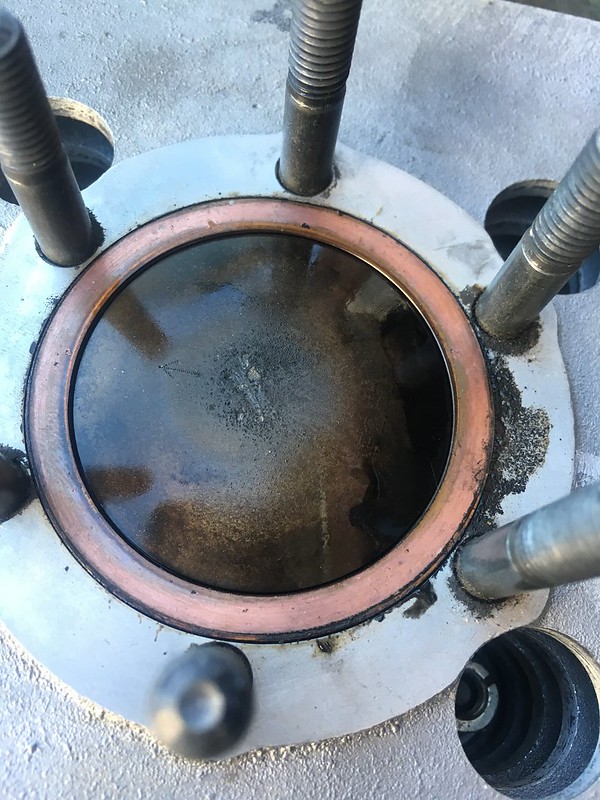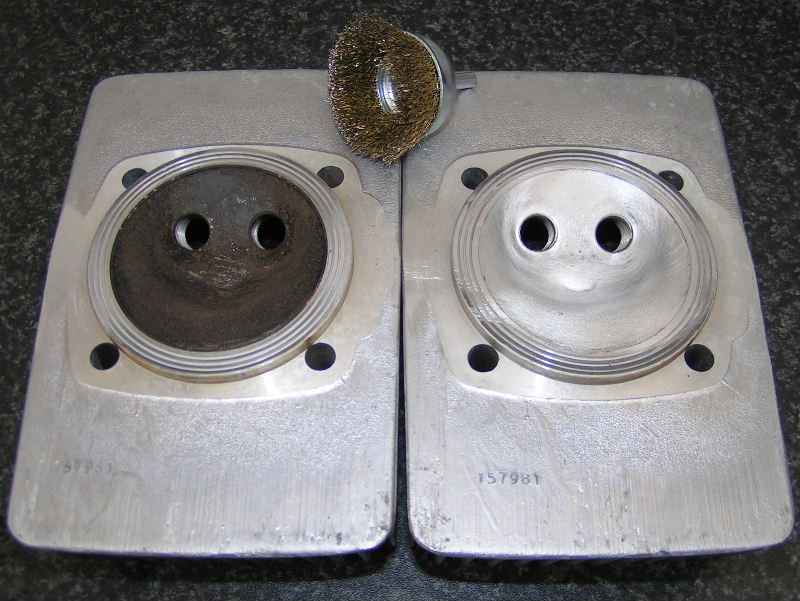Pete_Muller
Moderator
I wonder how much squish band width has an effect. By my quick calculations a stock band is about 65% of area. Reading Jennings book it is suggested 50% . If max squish velocity is to high would that also contribute to pre ignition and detonation by over heating the fuel charge?
pko,
In my experience, squish band width needed to be fairly related to what type of load the engine was going to be under and in what rev range.
The general trend I found: Tight sprint track where there is lots of quick acceleration (tight track, low gear), the squish band needs to be wide with a small diameter deeper bowl. On wide open tracks where the engine spends a lot of time at higher revs (like a long road race track), the squish band needed to be quite narrow with a wide/shallow bowl.
These observations are not "set in stone", but that's what I found worked best.
PM


